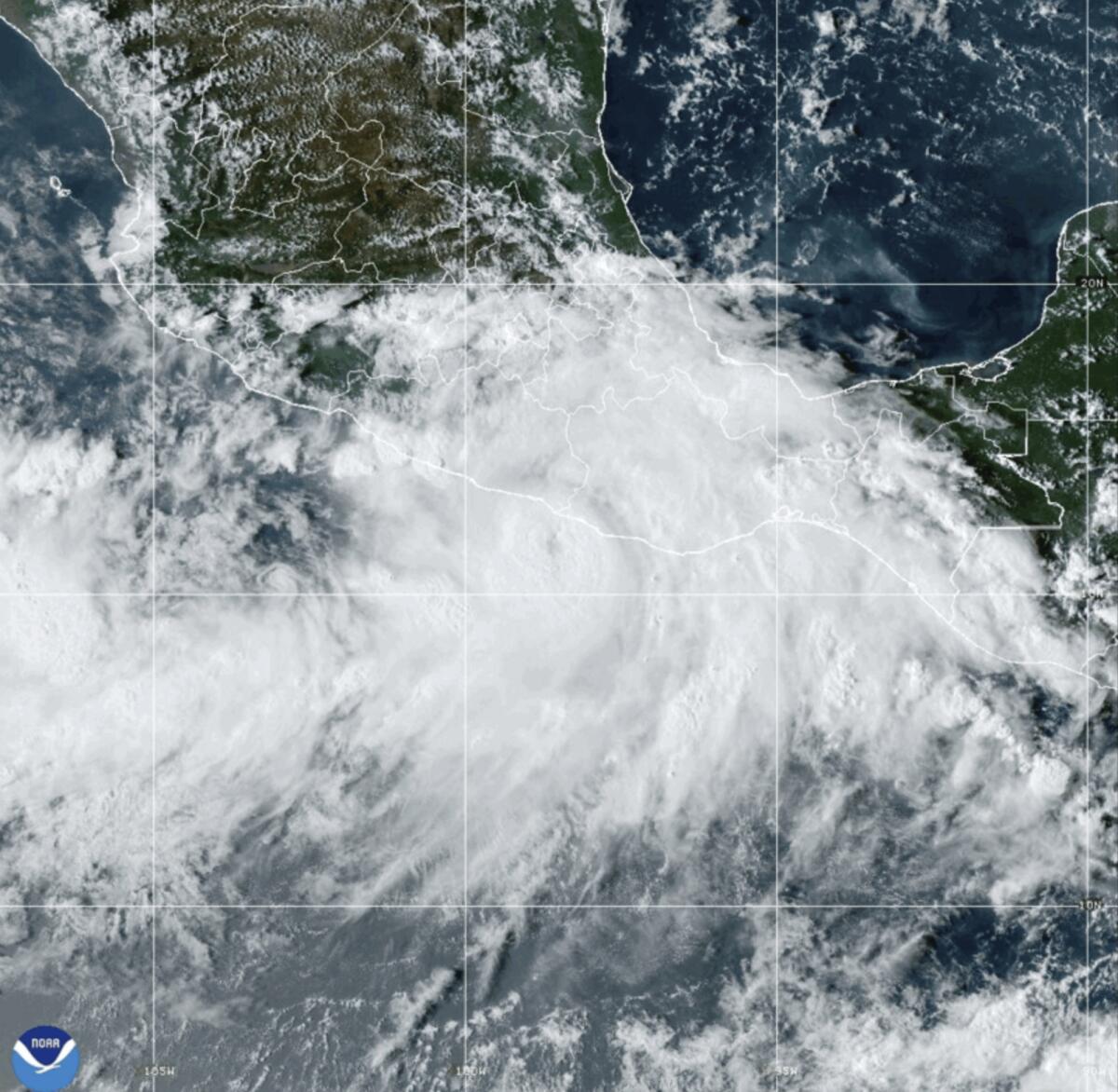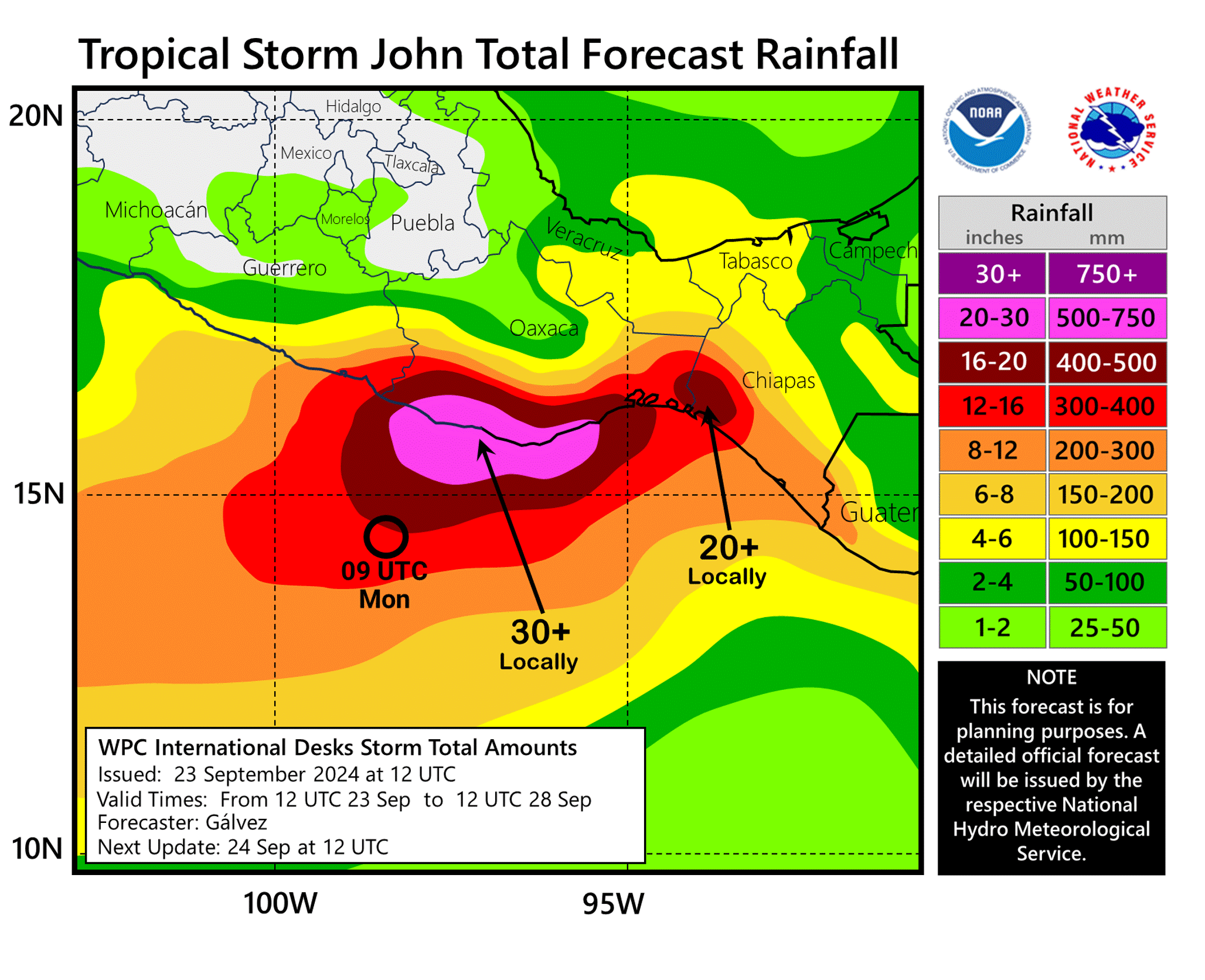In an era defined by rapid geopolitical shifts and evolving security landscapes, the world faces an unprecedented array of challenges. From escalating conflicts in various regions to unforeseen natural disasters exacerbated by climate change, the global security situation demands immediate and strategic responses from governments, organizations, and civil societies alike. As crises unfold with increasing frequency and intensity, preparedness is often outpaced by the rapidly changing environment.
The Anatomy of Rapid Intensification in Security Threats
Much like the phenomenon of rapid intensification seen in hurricanes, the security threats facing many regions today can escalate with alarming speed. While traditional conflicts—such as territorial disputes, ethnic tensions, and political rivalries—remain a significant part of the global security equation, the rise of newer, more complex threats has left many nations scrambling to adapt. The parallels between meteorological phenomena and modern security risks are striking: both can evolve suddenly, leaving little time for authorities to respond adequately.
The case of Hurricane John’s sudden landfall in Mexico serves as a poignant example of how rapid changes, whether in natural disasters or security threats, can catch even the most prepared systems off guard. The unexpected surge in the hurricane’s strength left many residents, authorities, and even scientists unprepared for the scope of its impact. Similarly, today’s security threats—whether from non-state actors, cyberattacks, or environmental crises—are evolving faster than the systems designed to manage them.
In the context of global security, this concept of rapid intensification manifests in multiple forms. These include the swift rise of terrorist networks, cyber warfare becoming a principal tool of statecraft, and the unforeseen consequences of climate change leading to conflict over resources. Each threat, like a fast-moving hurricane, demands urgent action, often before governments and organizations can fully comprehend the scale of the problem.

Regional Conflicts Escalating
As of 2024, multiple geopolitical regions are experiencing heightened tensions, fueled by both historical animosities and emerging global trends.
- Eastern Europe and the Russia-Ukraine Conflict: One of the most prominent and enduring conflicts in recent memory is the ongoing war between Russia and Ukraine. Following Russia’s 2022 invasion of Ukraine, the region has seen a dramatic escalation in military operations, civilian casualties, and geopolitical realignments. Western nations, led by the United States and NATO, have offered military and economic support to Ukraine, while Russia has doubled down on its territorial claims. The conflict has led to severe regional instability, a refugee crisis, and the reconfiguration of alliances across Europe and Asia.
As the conflict drags on, concerns about escalation into neighboring countries, including the Baltic states and Moldova, have grown. Russia’s nuclear saber-rattling and its energy diplomacy with European nations further complicate the situation. Meanwhile, NATO continues to bolster its eastern flank, leading to increased military spending and readiness in a region already on edge.
- The South China Sea: In Southeast Asia, territorial disputes in the South China Sea remain a flashpoint for potential conflict. China’s aggressive expansionism, marked by the construction of artificial islands and militarization of the region, has alarmed neighboring nations such as Vietnam, the Philippines, and Malaysia. The U.S., along with its allies like Japan and Australia, continues to conduct freedom-of-navigation operations, which Beijing views as provocations. The potential for a direct confrontation between major powers in this strategically vital region remains a constant concern for global security analysts.
- Middle Eastern Tensions: The Middle East continues to be one of the most volatile regions in the world, with conflicts in Syria, Yemen, and Iraq showing little sign of resolution. Iran’s influence in the region, particularly through its proxy militias in Lebanon, Iraq, and Yemen, continues to challenge U.S. interests and the stability of the Gulf States. The potential for miscalculation or escalation, particularly concerning Iran’s nuclear program, could lead to a broader regional war that would have global implications, especially regarding oil supply and energy security.
- Africa’s Complex Security Landscape: Africa presents another complex and rapidly evolving security situation. From the ongoing insurgencies in the Sahel, where extremist groups linked to al-Qaeda and ISIS have taken advantage of weak state structures, to Ethiopia’s fragile peace after its civil war, the continent is plagued by multiple security crises. Climate change exacerbates many of these challenges, leading to food insecurity and migration, which further destabilize regions already at risk of conflict.
Cybersecurity and Information Warfare: The Silent Storms
While traditional military conflicts garner significant media attention, the rise of cyber threats represents a new frontier in global security. Cyberattacks are now used not only to disrupt critical infrastructure but also to undermine public trust in governments, influence elections, and manipulate economic markets. The anonymous nature of cyber warfare makes it difficult to attribute attacks, complicating international efforts to hold perpetrators accountable.
- State-Sponsored Cyberattacks: Major powers, particularly the U.S., China, and Russia, have been implicated in a series of high-profile cyberattacks. These attacks often target critical infrastructure, such as power grids, healthcare systems, and financial institutions, and are aimed at both economic and military gains. In some cases, these cyber operations are used to weaken a state’s internal cohesion by manipulating social media platforms to spread disinformation and exacerbate societal divisions.
- The Private Sector at Risk: In addition to state-sponsored attacks, private companies have become frequent targets for hackers. The rise of ransomware attacks, where companies are forced to pay large sums to regain access to their systems, has become a growing problem worldwide. The vulnerabilities of major corporations highlight the need for enhanced cybersecurity measures and greater international cooperation to combat this invisible yet pervasive threat.
- Disinformation Campaigns: Information warfare, particularly the deliberate spread of disinformation, is another key tool in modern security conflicts. Both state and non-state actors use disinformation to shape public opinion, disrupt democratic processes, and fuel social unrest. This tactic has been particularly effective during elections, protests, and public health crises, where false narratives can spread rapidly through social media and other digital platforms.
Climate Change as a Security Threat
Beyond the traditional security challenges posed by wars, cyberattacks, and terrorism, climate change has emerged as a significant driver of conflict and instability. Environmental degradation, rising sea levels, and extreme weather events are not only humanitarian disasters but also security threats. The displacement of large populations due to droughts, floods, and other natural disasters leads to competition for scarce resources, fueling conflict in already vulnerable regions.
- Climate-Induced Migration: As regions become uninhabitable due to environmental factors, millions of people are being forced to migrate. This mass displacement can overwhelm neighboring countries and contribute to social tensions, particularly when resources such as water and arable land are limited. For example, the ongoing droughts in parts of Africa and the Middle East have exacerbated existing conflicts, leading to an increase in violent confrontations over resources.
- Impact on Military Operations: The effects of climate change are also being felt within military operations. As hurricanes, typhoons, and wildfires become more frequent and severe, they can disrupt military logistics and readiness. Bases located in coastal areas, such as those in the U.S. and the Asia-Pacific, are particularly vulnerable to rising sea levels and extreme weather events. Militaries around the world are beginning to adapt their strategies to account for the impact of climate change, recognizing that environmental stability is intrinsically linked to national security.

Diplomacy, Cooperation, and Military Preparedness
In response to these multifaceted threats, the international community is grappling with how best to address the growing complexity of global security. While military preparedness remains a critical component of national defense, there is a growing recognition that diplomacy and international cooperation are equally important in preventing and mitigating conflicts.
- Diplomatic Efforts: International organizations, including the United Nations, NATO, and the African Union, continue to play a key role in mediating conflicts and providing humanitarian assistance. However, the effectiveness of these organizations is often hampered by political divisions among member states. The UN Security Council, in particular, has been criticized for its inability to respond effectively to crises due to the veto power held by its permanent members.
- Multinational Coalitions: In some cases, countries have formed multinational coalitions to address specific security threats. For example, the U.S.-led coalition against ISIS in Syria and Iraq has successfully diminished the group’s territorial control, though it remains a potent insurgent force. Similarly, regional alliances, such as the African Union’s peacekeeping missions in Somalia and Mali, have had mixed results in stabilizing conflict zones.
- Non-Governmental Organizations (NGOs): NGOs also play a vital role in responding to security crises, particularly in providing humanitarian aid and supporting conflict resolution efforts. Organizations such as the International Committee of the Red Cross and Médecins Sans Frontières are often on the front lines, providing medical care, food, and shelter to those affected by conflict and natural disasters. Their work is essential in alleviating the suffering caused by security crises, though they too face challenges such as limited resources and access to conflict zones.
- Military Modernization: As the nature of security threats evolves, so too must military capabilities. Many nations are investing heavily in modernizing their armed forces, with a focus on cyber defense, artificial intelligence, and unmanned systems. The U.S., China, and Russia, in particular, are leading the charge in developing cutting-edge military technologies that can operate in both traditional and cyber domains. This modernization is essential for maintaining a strategic advantage in an increasingly complex security environment.
Navigating a Future of Uncertainty
The current global security situation is characterized by an unprecedented convergence of traditional and non-traditional threats. From the intensifying geopolitical conflicts in Europe, the Middle East, and Asia, to the growing impact of cyberattacks and climate-induced crises, the challenges facing the world today are as diverse as they are interconnected.



